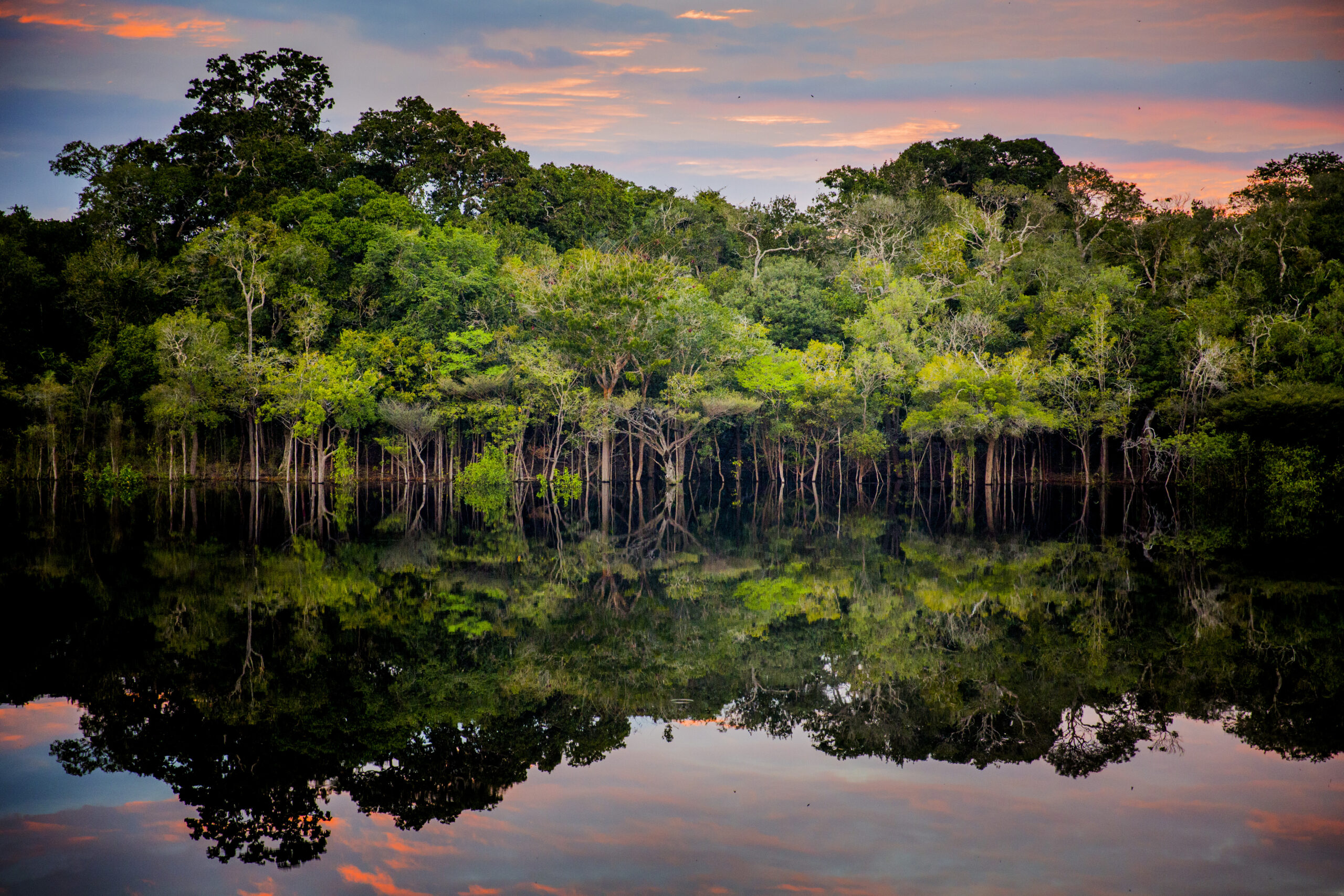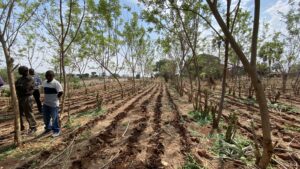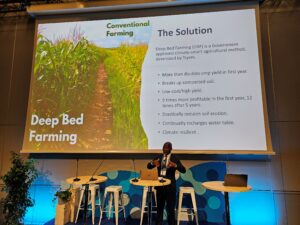- SIWI – Leading expert in water governance
- /
- Latest
- /
- Expectations for COP30: Water must anchor the path from words to action
Expectations for COP30: Water must anchor the path from words to action

When leaders gather in Belém for COP30, the world will look to the Amazon — one of Earth’s greatest freshwater systems — for signs that climate action is finally ready to flow. This must be the COP where water anchors ambition, uniting climate, nature, and people through real delivery.
From Stockholm to Belém – Why Water Must Be Central at COP30 to Guardians of the Water Cycle – Indigenous Leadership from Stockholm to Belém, SIWI has carried one message forward: no adaptation or mitigation plan will succeed unless it starts with water. Now, in Belém, that message must move from principle to practice.
From frameworks to delivery
COP30 must turn frameworks into action. At COP28, governments agreed to create the UAE–Belém Framework for Global Climate Resilience. This was a landmark step to define progress under the Global Goal on Adaptation (GGA). This year, countries must deliver: adopting clear water-related targets and indicators that reflect how people actually experience climate change — through floods, droughts, and water insecurity.
Finding agreement on indicators is only one part of what is needed. A meaningful outcome in Belém will also depend on how the UAE–Belém Framework is implemented — with shared methodologies, support mechanisms, and practical guidance that help translate global targets into tangible adaptation outcomes. Water acts as both a thematic target and a cross-cutting element — an enabler for the strong integration needed across thematic and policy indicators. Embedding it in Nationally Determined Contributions (NDCs) and National Adaptation Plans (NAPs) can align action across food, energy, health, and ecosystems, while connecting global ambitions to local realities.
Water for adaptation — and adaptation for water
Adaptation begins and ends with water. To build resilience that lasts, countries need resources, technology, and finance to act on the UAE–Belém Framework. Nature-based solutions — from restored wetlands and river basins to climate-proofed water supply systems — show how water action delivers benefits across the entire climate agenda. COP30 must move these examples from pilot to policy.
Water in climate finance
Water-smart action is climate-smart action. Investments that protect and manage water amplify results for energy, agriculture, and ecosystems. That’s why the new global goal on climate finance, the New Collective Quantified Goal (NCQG), must explicitly include water. Dedicated funding for water adaptation, ecosystem protection, and loss-and-damage prevention will unlock cross-sectoral impact.
Integrating water security into climate finance is no longer optional — it is the foundation for delivering results across all adaptation priorities. Yet, less than 10 percent of global climate finance currently targets water resilience directly. To change this, finance mechanisms must be designed around risk-informed, locally led investment models that link science, governance, and implementation. Climate finance for water must not only fund infrastructure, but also enable data systems, early warning, and institutional capacity that prevent loss and damage before it occurs.
COP30 can also connect words to money. By embedding water metrics and resilience indicators within financial frameworks — from the new collective quantified goal to project pipelines — the next generation of climate finance must ensure that water finance reaches those who need it most — communities and ecosystems on the frontlines of change.
Water as a means of implementation
Resilience is built not only with infrastructure, but with governance, data, and capacity. Countries need systems that can anticipate, absorb, and adapt to change. Investments in monitoring, policy coherence, and cross-sectoral coordination will ensure every dollar spent on climate action also reduces water risks and strengthens long-term security.
Water for a just transition
A just transition starts with safe water. No one can adapt without it. Equity, inclusion, and rights must therefore run through all climate commitments. COP30 should advance the Gender Action Plan and ensure Indigenous and local voices guide implementation. Simplified and transparent finance mechanisms can finally make adaptation accessible to those already leading water solutions on the ground.
From the Amazon to the Arctic, Indigenous leaders remind us that defending the water cycle means defending life itself. Their stewardship must shape a just and sustainable transition.
From Stockholm to Belém — and beyond
At the Water for Climate Pavilion, SIWI and partners will showcase how water connects science, policy, and people and how integrated action can accelerate both resilience and justice.
Belém must be the moment where:
- Global adaptation targets for water are adopted and implemented.
- Water is fully integrated into new national climate commitments.
- Finance flows to the people and ecosystems most in need.
- Justice and inclusion define every decision.
Water connects all solutions — and every one of us. The world can’t afford another year of promises without delivery. In Belém, water must finally anchor the path forward.
See all SIWI seminars and events at COP30
Water for Climate Pavilion
The Water for Climate Pavilion is a collaborative effort of over 90 organizations to unify and amplify the voice of the international water community within climate spaces.
Visit the website & see detailed schedule
Most recent

SIWI Reflections 2025: When green water strengthens food security and resilience
- Agriculture and water
- Water and food
- Water and climate

Forests, trees and the water cycle: why agriculture depends on healthy landscapes
- Agriculture and water
- Freshwater and ecosystems/biodiversity
- Water in landscapes

Restoring landscapes and strengthening green water flows through innovative finance
- Agriculture and water
- Water in landscapes

Guardians of the water cycle: Indigenous leadership from Stockholm to Belém

From Stockholm to Belém – Why water must be central at COP30




